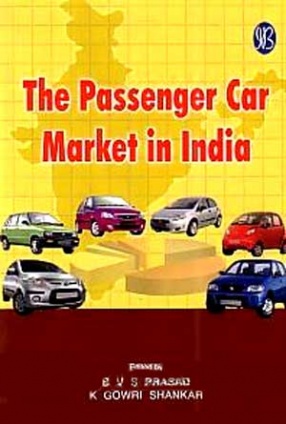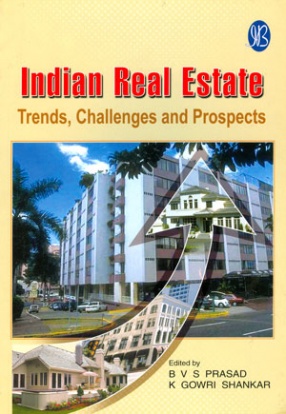

The passenger car segment of the Indian automotive industry has assumed great importance post-liberalization. In the 1990s, the Government of India opened the doors for the entry of foreign carmakers. The Automotive Mission Plan 2006-16, and Automotive Policy-2002, embody a mission to make India an automotive hub. According to the Society of Indian Automobile Manufacturers (SIAM), in the year 2007-08, over 1.5 million cars were sold in the domestic market. There ...

The Indian tyre industry is around eighty years old. One of the first companies to set up manufacturing facilities in India was Dunlop. In the pre-Independence period, the tyre manufacturers were mainly foreign companies. Raw material in the form of natural rubber was easily available and labour was cheap. Sometime in 1956, based on the recommendations of the Tariff Commission, the Government encouraged domestic companies to set up their manufacturing facilities. ...

The real estate sector in India is presently worth USD15 billion and it is growing at a phenomenal rate of 30% per year. This sector is the second largest employer in India, after the agricultural sector. Having attained maturity, the real estate sector is attracting huge investments, especially FDI. Today, real estate in India addresses the demand for built-up space, from a variety of property segments such as offices, residential units, shopping malls, ...

The pharmaceutical industry in India presents a picture of robustness and healthy growth. Over the last 30 years, the industry's growth has enabled India to emerge as a world leader in the production of high quality, low-cost, generic drugs. It has made giant strides and today manufactures over 400 bulk drugs and around 60,000 formulations. In 2006-07 the domestic pharmaceutical sales were valued at USD 7.9 billion and exports at USD 5.3 billion. The industry is ...
